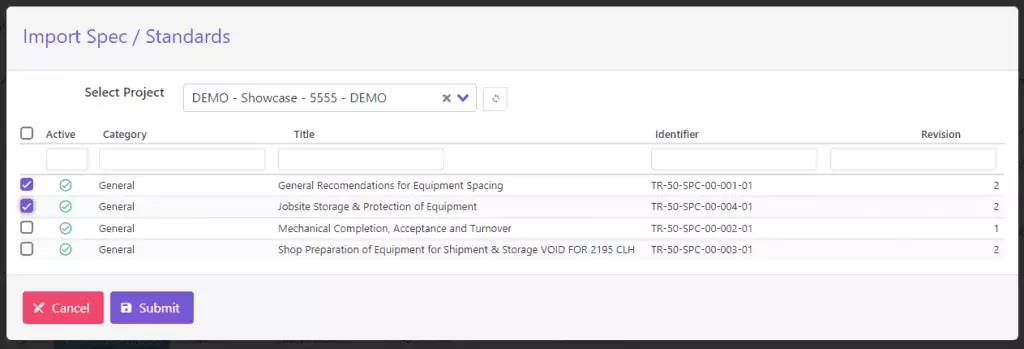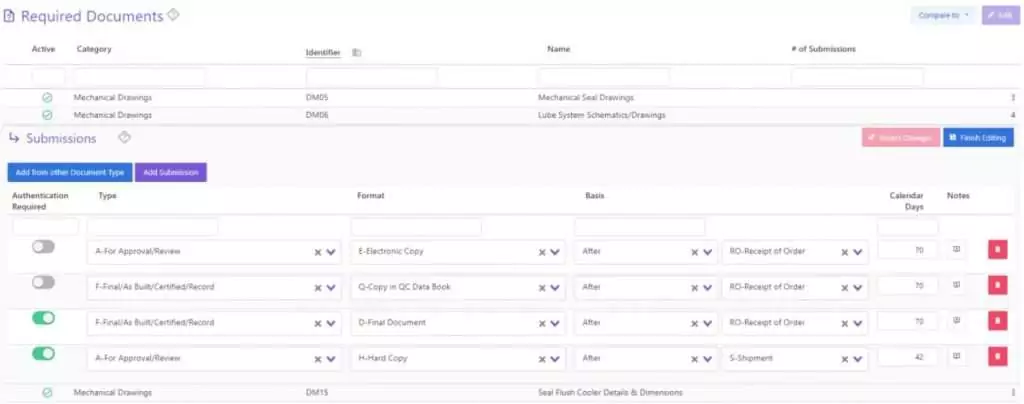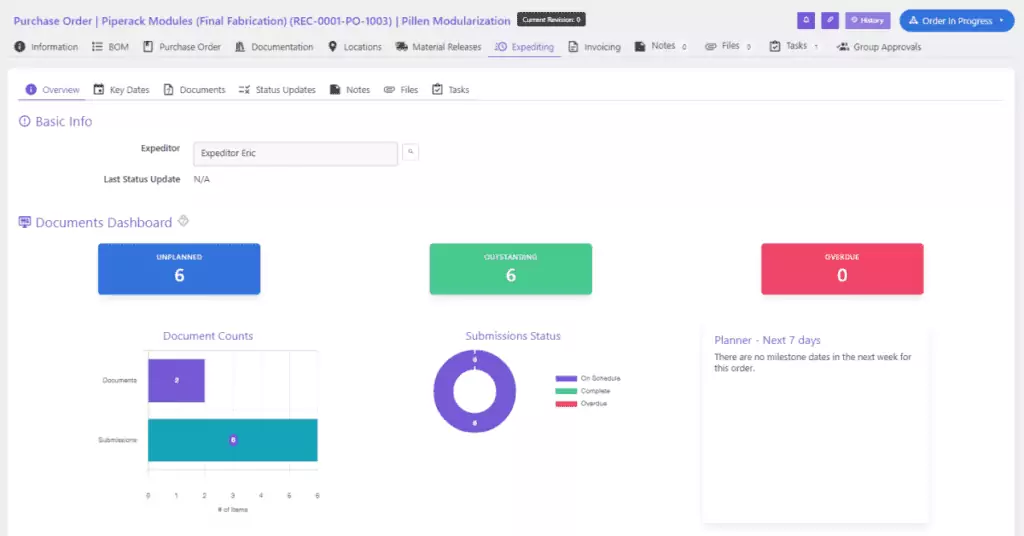Procurement teams spend a lot of time managing documents, and for good reason. A misplaced file or incorrect specifications document could translate to increased costs and/or lengthy delays for a procurement project. This makes the management of procurement-related documentation critical to successful project management. The question is, how do you improve document management for your procurement stakeholders to set them up for success? The first step is simply to provide a platform to help organize and manage such documents.
Through market engagement at Current SCM, we found that procurement professionals had not been supported by their previous procurement systems in organizing, communicating, and tracking the various documentation requirements that go hand-in-hand with complex technical procurement. For EPC (Engineering, Procurement & Construction) firms, the document management effort is at times Herculean. There are often hundreds of different documents required throughout the purchasing process of a single project. And as projects grow larger, so do the documentation pressures.
Many of those who participated in our focus groups were undertaking a massive manual effort per purchase order to define document requirements, communicate vendor document requirements, and then create custom spreadsheets required to track vendor document submissions. All this manual effort to ensure applicable specifications, standard drawings, and vendor document requirements were communicated and collected on time.
Integrated Documentation Support
As we dove further, we found opportunities to streamline many of these documentation activities. By bringing the data into the purchasing system directly we could improve quality, reduce total effort, and improve visibility for all procurement stakeholders. This idea of aggregating and simplifying these drawn-out processes was the foundation for our document management support toolset.
Our documentation support functionality is massive, but we’ll touch on the high points:
Specifications & Standard Drawings Management

This is where your team can create the specifications and standard drawings documents for the project. Unlike traditional spreadsheets, these specs and standards documents can be updated in real-time, re-used for future projects, or tweaked and re-purposed as required:
- Define the Organization’s (or Client’s) specifications and standard drawings within the application.
- Define templates as needed. For example, a “Pump Template” might define several applicable specifications and standards, removing the guesswork out of the process.
- Define project-level specifications and standard drawings.
Vendor Document Requirements (VDR)

This is where procurement teams can create specific vendor document requirements and track document submission progress at multiple stages of the process. If an action requires the authorization of a team lead, you can set that authorization per document submission and per project:
- Define the vendor document requirements at the overall purchase order level or at the individual line level, including the document type, format, authentication requirements, and dynamic due date (e.g., document is required ten days before shipment).
- Template groups of document requirements (e.g., Pump purchases require these 9 documents to be submitted at these timelines).
Vendor Document Submission Tracking / Reporting

The main Expediting Dashboard offers a quick way to review the status of outstanding documents allowing for proactive action when document submissions start to fall behind schedule. Download reports to circulate and keep track of all aspects of your project:
- Built for purpose document expediting dashboard allows project managers and document controls to understand the status of each document requirement.
- A suite of reporting to support statusing, exceptions, and comparisons.
Comparisons
With comparisons, you can quickly collate different aspects of your project to measure differences in metrics and specifications to maintain project visibility and find efficiency gains:
- Easily compare transactions to understand deviations from a requirement, or specifications perspective.
- Import document requirements definitions from previous transactions.
Check out Current SCM’s Vendor Document Requirements page for more information:
Engaged in Complex Procurement?
Let’s face it, not all procurement is created equal. There’s a world of difference between ordering office supplies and purchasing materials and services with sophisticated technical requirements or managing the procurement for complex industrial projects or expediting materials from vendors across the globe.
Complex procurement demands more than standard solutions.
Current SCM is a cloud-based software-as-a-service (SaaS) that was purpose-built for complex procurement. We were born from the real-world experience of a leading industrial engineering firm who couldn’t find a procurement system that met their complex needs. So, they built their own.
Current SCM was explicitly designed to reduce errors between Engineers & Buyers by ensuring procurement professionals have access to the resources they need, including centralized procurement catalog(s), centralized procurement documentation, and centralized vendor management.
Current SCM encompasses activities that occur outside of the typical procure-to-pay process, and offers robust toolsets to support project procurement, third party procurement, technical procurement, and strategic procurement.
Current SCM provides a unified platform for procurement and materials management, offering comprehensive support for the planning, purchasing, and management of materials & services. With material and document tracking integrated into the Order and an Expediting dashboard within each Order, Current SCM provides a unique platform for Buyers and Expeditors.
And Current SCM was designed to drive collaboration among all procurement stakeholders.
Experience the difference. Contact Current SCM today to streamline your complex procurement processes.
